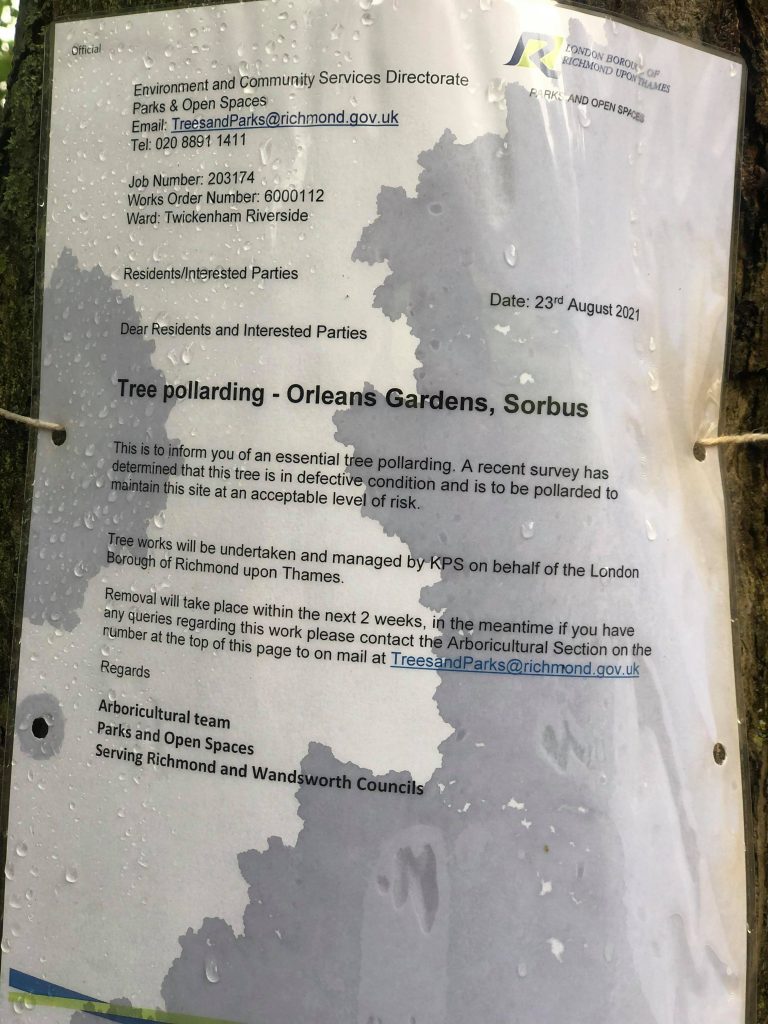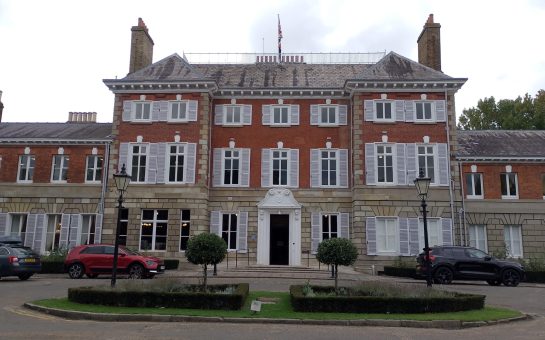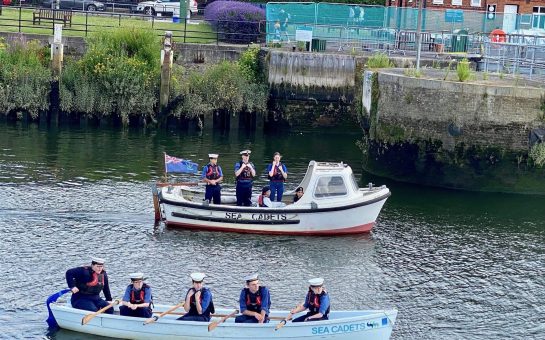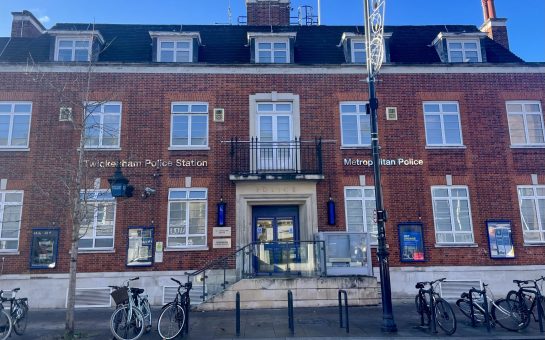Twickenham trees have been saved from the axe following a battle between residents and Richmond Council.
Investigations last winter and further inspections in spring revealed that 14 trees in Orleans Gardens were decayed, diseased or dying, and declared unsafe.
However, the hundred-year-old trees were also home to nesting birds including tree creepers and great crested grebes.
A battle ensued between council-employed tree surgeons and residents who appreciate the wildlife, resulting in the tree officers modifying plans so only two trees would be felled and any further work would be phased over a longer period to avoid nesting season.
Regarding the decision, Councillor Julia Neden-Watts, Liberal Democrat ward councillor for Twickenham Riverside and chair of the Environment, Sustainability, Culture & Sport Committee, said: “I welcome it. It is a lovely local park, very well used by people of all ages, so it does need to be safe.
“But on the other hand, people go there to enjoy the trees, so we do need a balance.
“It’s good that our tree officers feel confident in sharing information, and I welcome the knowledgeable local people who have come forward with a different view.”
Initial tree removal orders from April stated a three-week deadline by which the trees would be removed or undergo pollarding, a process of trimming trees to encourage new growth.
One notice read: “A recent survey has determined that this tree is in defective condition and is to be pollarded to maintain this site at an acceptable level of risk.”
Other signs highlighted that once certain trees were removed, their neighbours would be left vulnerable to winds and would need to be cut before potentially falling on any people or being blown into the river.

Alongside protecting habitats, residents were concerned about the disruption the tree removal works would create, and valued the aged trees remaining in their natural state.
Councillor Neden-Watts said: “I was anxious about that level of work, but knew there would be public interest.”
As residents voiced their thoughts and discussions between the two sides continued, tree surgeons reviewed the situation and proposed to take a new route of only removing those which posed immediate danger, such as leaning at a low angle.
One poplar has already been pollarded, while an ash is pending removal.
Eight other trees, including large horse chestnuts on the riverside, will remain in situ with only the removal of dead branches, and will be kept as wildlife habitats and monitored.
Further work is proposed for later this year, including the felling of one poplar and three willows which are showing decay, or present a sufficient danger to public safety.
Although postponing the removal of the remaining decaying trees may not offer a sustainable solution, a replanting process will begin in replacement, with the help of community volunteers.
The council has also proposed that, if feasible, removed branches will be used to create and improve natural habitats within other parts of the park.
Councillor Neden-Watts added: “It’s not just planting new trees but looking after the habitats that we already have.
“It’s a real topic of interest to people, everyone loves the trees and hates to see them felled, and I think it’s good that people understand weighing up the risks and the wildlife value, and that we have to try and reach sensible decisions.”




